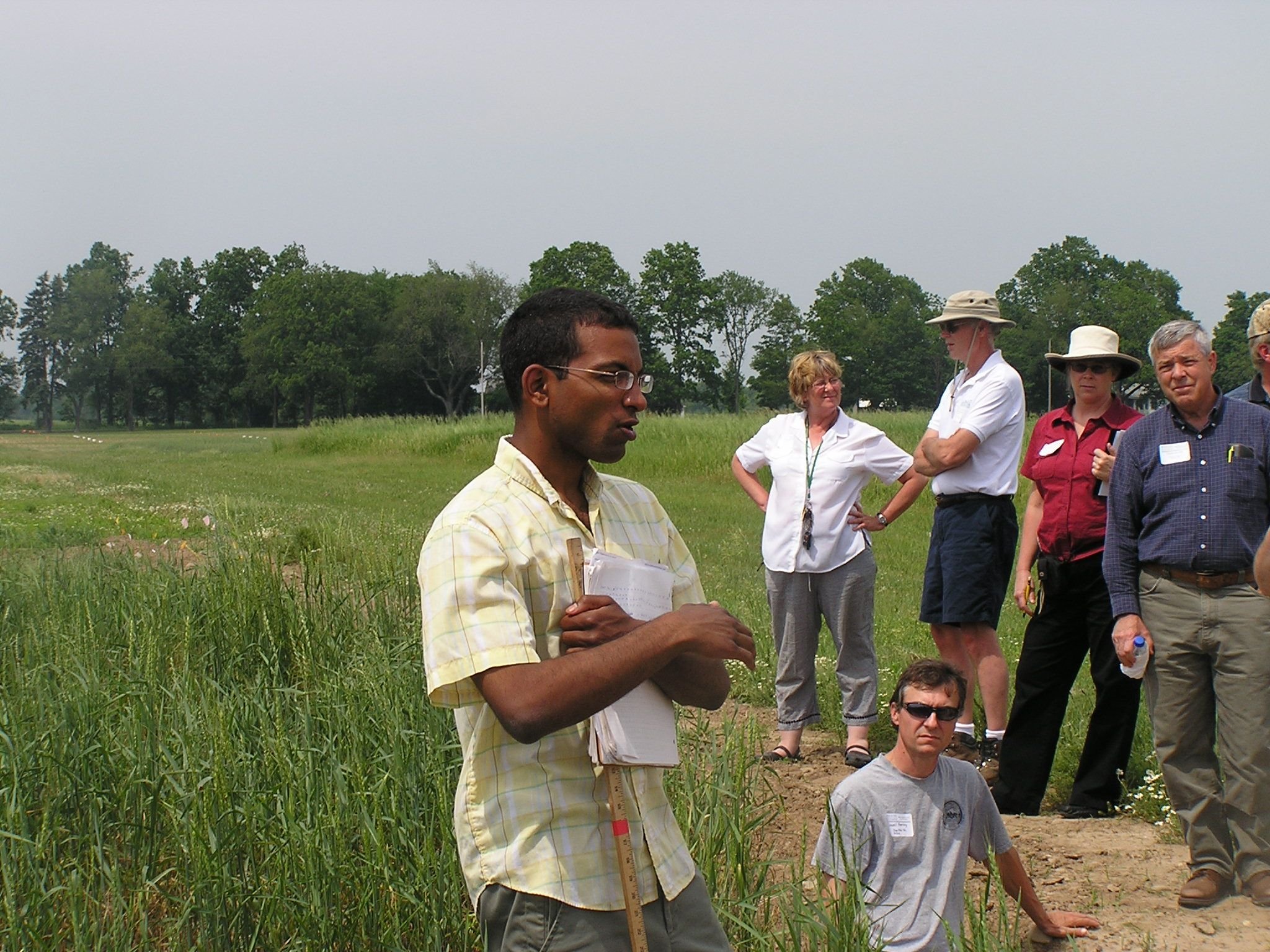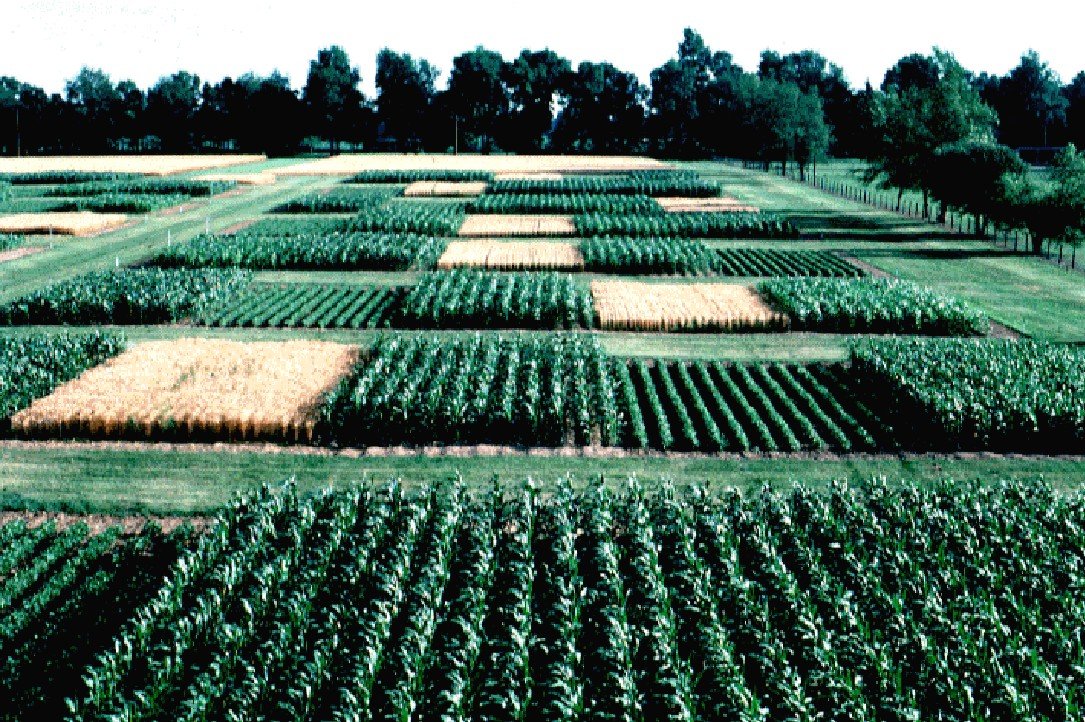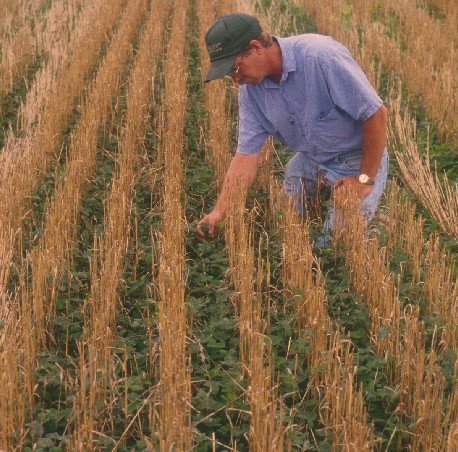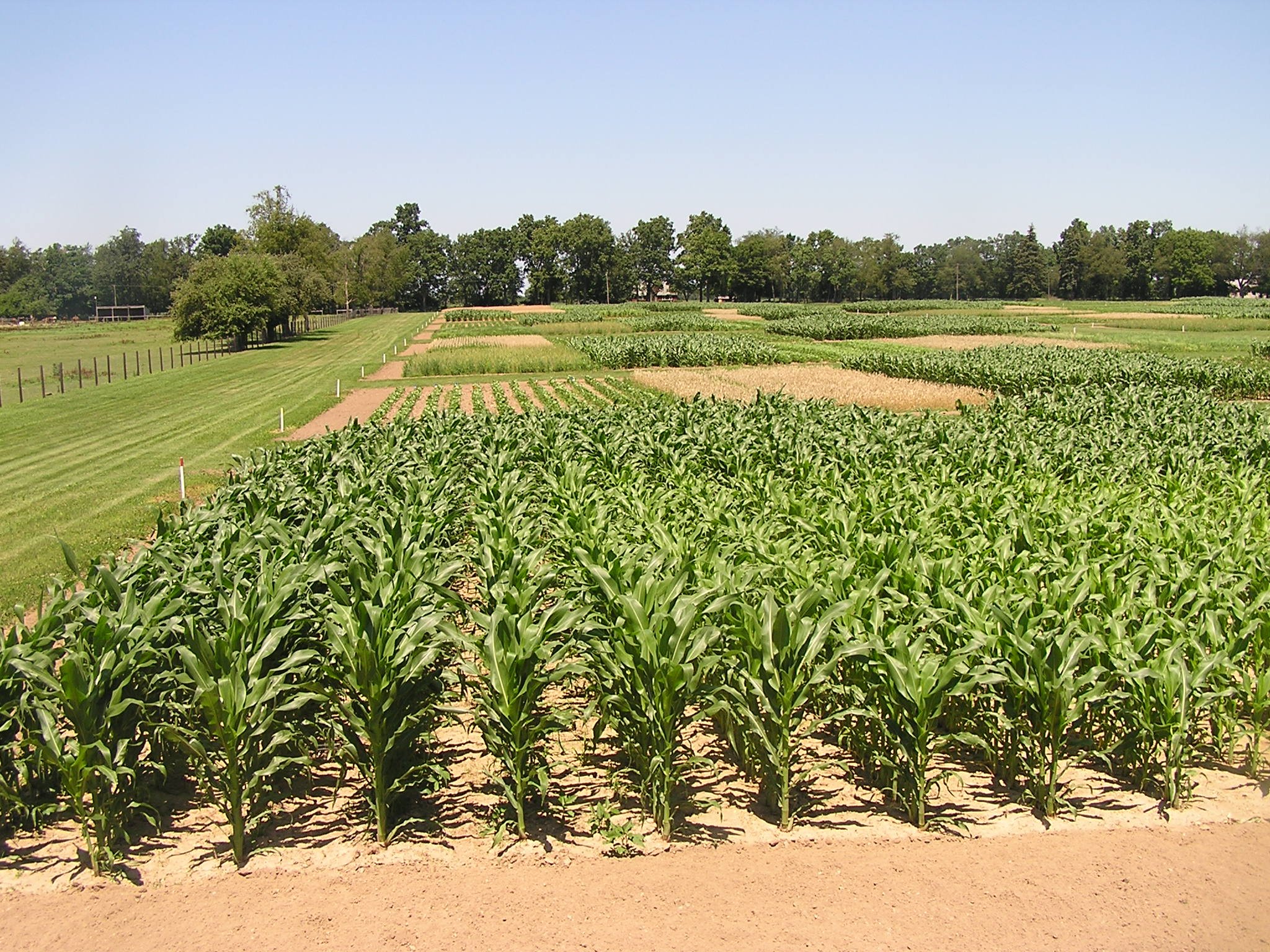Living Field Lab
The Living Field Lab Study was established by Dr. Dick Harwood at the Kellogg Biological Research Station at Michigan State University and was in place from 1993 to 2013. It is the only experiment in the DRIVES database to be a part of the Long-Term Ecological Research (LTER) Network. The purpose of the experiment was to extend basic findings from the LTER Main Cropping System Experiment to a more prescriptive setting that could better inform farmers and extension educators. Generally the experiment compared 1) crop rotations, 2) cover crops and 3) organic vs. inorganic inputs. Integrated, ecologically informed nutrient and pest management were further goals of the LFL, where the role of diversity and management could be elucidated separately. In 2006, Sieg Snapp took over leadership and some of the rotations and cover crop treatments were changed to better align with farmer expectations and needs.
Producer relevance
The experiment represents cash-grain production systems. Some producers in the area would employ the simplest crop rotation (control). Innovative producers in the area would employ the most complex crop rotation.
Expected benefits
Experimental treatments were selected to be Agroecological, Carbon-building, Cost-effective, Use fewer external inputs, Organic, Regenerative, Soil health-building.
Local stressors
The expected climate change-related stressors in the area are: Droughts, Heat, Extreme precipitation events, Increased incidence of pests, Seasonal temperature changes, Shifting rainfall patterns, Shifting snowfall patterns.
Useful links
https://lter.kbs.msu.edu/research/long-term-experiments/living-field-lab/

Brooke Wilke showing off wheat plots at a field visit.

Brooke Wilke leading a field day with local farmers.

Soybean (front) and maize (rear) plots in 2006.

Sieg Snapp discussing important experimental business in front of soybean and maize plots.

Soybean (front) and maize (rear) plots approaching harvest time.

A student presentation next to a wheat plot.

Aerial image of maize, soybean, and wheat plots.

Red clover seeded into wheat plots.

Wisdom in the soybean fields, in front of maize plots.

Crimson clover in maize residue.

Verdant maize plots.

Clover surrounded by maize and wheat in late summer

Soybean at the late grain filling stage.

Irrigation over maize, soybean, and wheat plots.

Soybean, maize, and wheat plots.

Maize, soybean, and wheat plots in July 2008.

Maize and soybean plots, 2006.

Sieg Snapp and colleagues performing deep soil sampling.